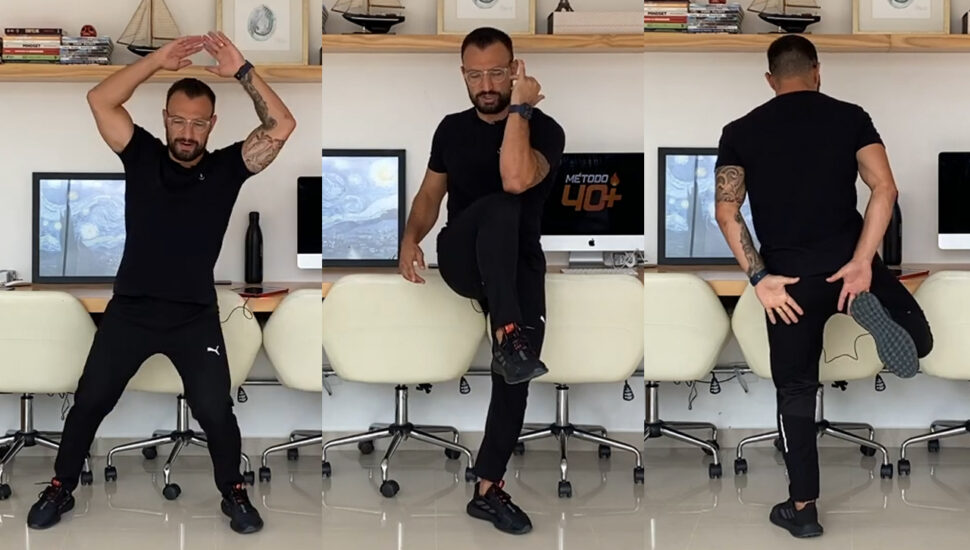Are you dealing with physical limitations or recovering from an injury, but still want to stay active and maintain your fitness? Low-impact exercises can be an excellent option for individuals with restricted mobility or those looking to ease back into a workout routine after an injury. In this comprehensive guide, we’ll explore a variety of low-impact exercises suitable for people of all fitness levels and abilities.
Introduction
Physical limitations or injuries can make it challenging to engage in high-impact exercises like running or jumping. However, that doesn’t mean you have to give up on staying active altogether. Low-impact exercises provide a gentler alternative that can still help you improve your strength, flexibility, and cardiovascular health without putting excessive stress on your joints or muscles. Let’s dive into some effective low-impact exercises that you can incorporate into your fitness routine.
1. Walking
Walking is one of the most accessible forms of low-impact exercise and can be easily tailored to your fitness level. Whether you’re taking a leisurely stroll around the neighborhood or power walking on a treadmill, walking provides numerous health benefits, including improved cardiovascular health, strengthened muscles, and boosted mood.
2. Swimming
Swimming is an excellent full-body workout that is gentle on the joints. The buoyancy of water reduces the impact on your muscles and bones, making it ideal for individuals with arthritis, back pain, or other physical limitations. Try swimming laps, water aerobics, or even just walking or jogging in the water for a low-impact cardio workout.
3. Cycling
Cycling is another low-impact exercise that can be adapted to suit your needs. Whether you prefer riding outdoors or using a stationary bike indoors, cycling helps improve cardiovascular fitness, leg strength, and endurance without putting stress on your joints. Start with short, easy rides and gradually increase the duration and intensity as you build strength and confidence.
4. Yoga
Yoga is a gentle yet effective way to improve flexibility, balance, and strength while reducing stress and promoting relaxation. Many yoga poses can be modified to accommodate physical limitations or injuries, making it accessible to people of all ages and fitness levels. Look for beginner-friendly or chair yoga classes if you’re new to yoga or have mobility issues.
5. Tai Chi
Tai Chi is a gentle form of martial arts that focuses on slow, flowing movements and deep breathing. It’s particularly beneficial for improving balance, coordination, and mental focus, making it an excellent choice for older adults or anyone with mobility challenges. Tai Chi can be practiced standing or sitting, making it accessible to individuals with varying levels of mobility.
FAQs (Frequently Asked Questions)
Q1: Can low-impact exercises help with weight loss? A1: While low-impact exercises may not burn as many calories as high-impact activities like running or HIIT workouts, they can still contribute to weight loss when combined with a healthy diet and consistent exercise routine.
Q2: Are low-impact exercises suitable for seniors? A2: Yes, many low-impact exercises, such as walking, swimming, yoga, and Tai Chi, are safe and effective for seniors and can help improve overall health and mobility.
Q3: Can I still build muscle with low-impact exercises? A3: Yes, low-impact exercises like cycling, swimming, and resistance training can help build muscle strength and endurance over time, especially when performed consistently and progressively.
Q4: How often should I do low-impact exercises? A4: Aim for at least 150 minutes of moderate-intensity aerobic activity or 75 minutes of vigorous-intensity activity each week, along with muscle-strengthening exercises on two or more days per week, as recommended by health guidelines.
Q5: Are there any specific precautions I should take before starting a low-impact exercise routine? A5: It’s always a good idea to consult with your healthcare provider before starting any new exercise program, especially if you have existing health conditions or concerns. They can provide personalized recommendations and ensure that you’re choosing activities that are safe and appropriate for your individual needs.

